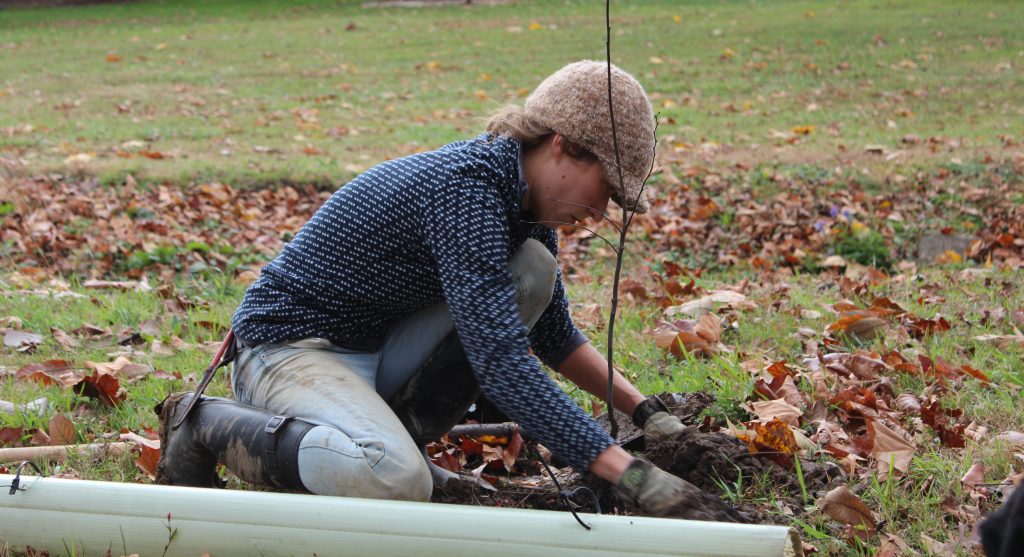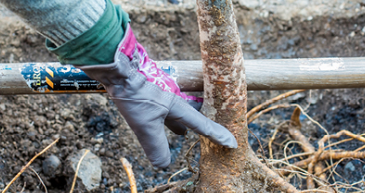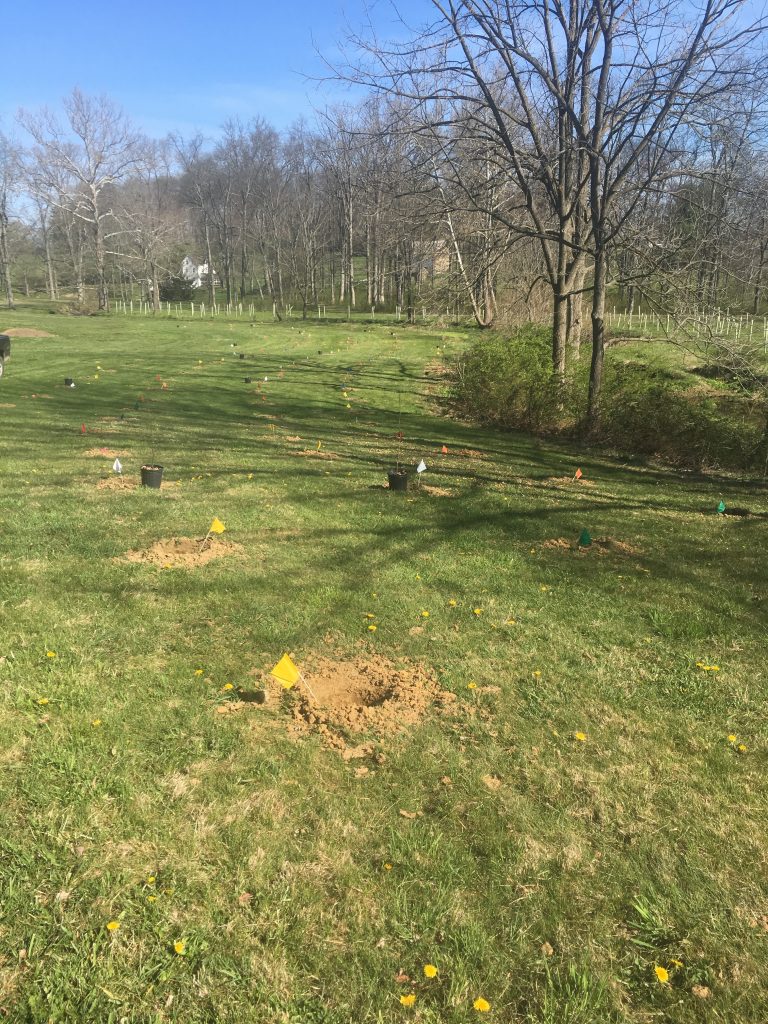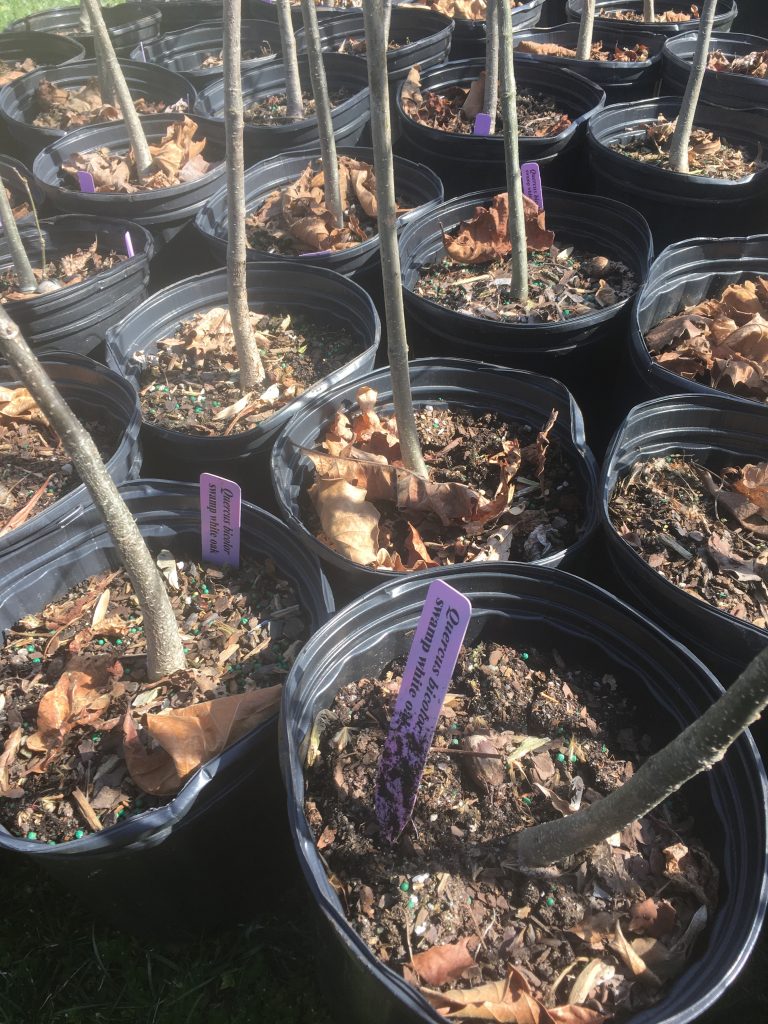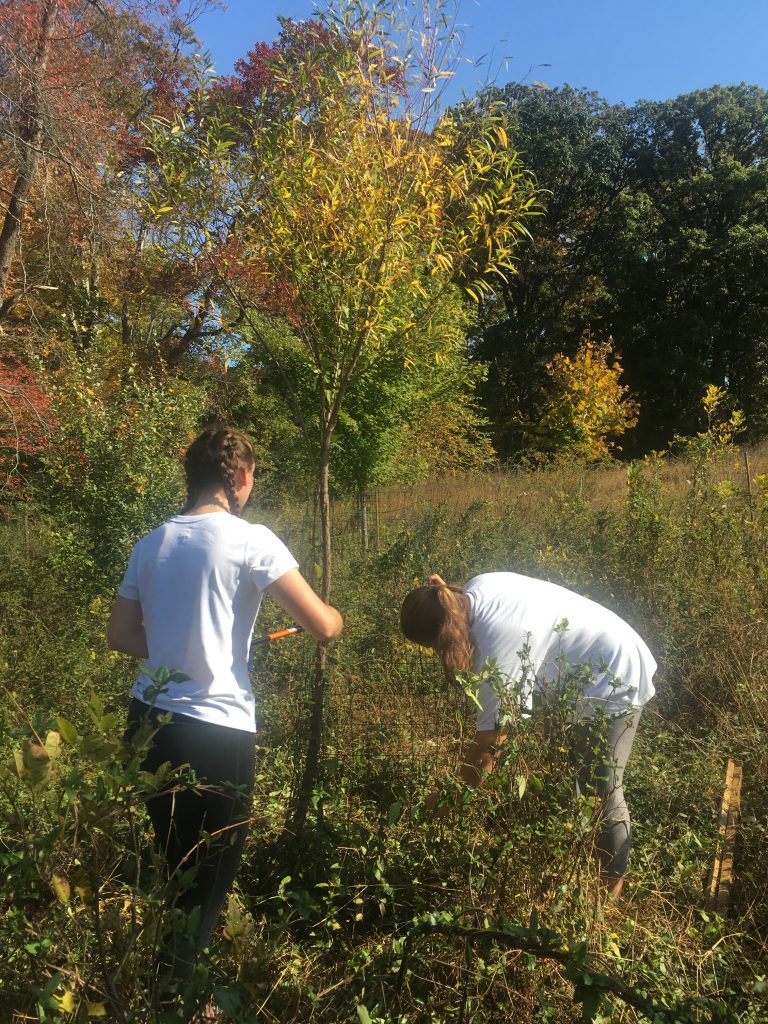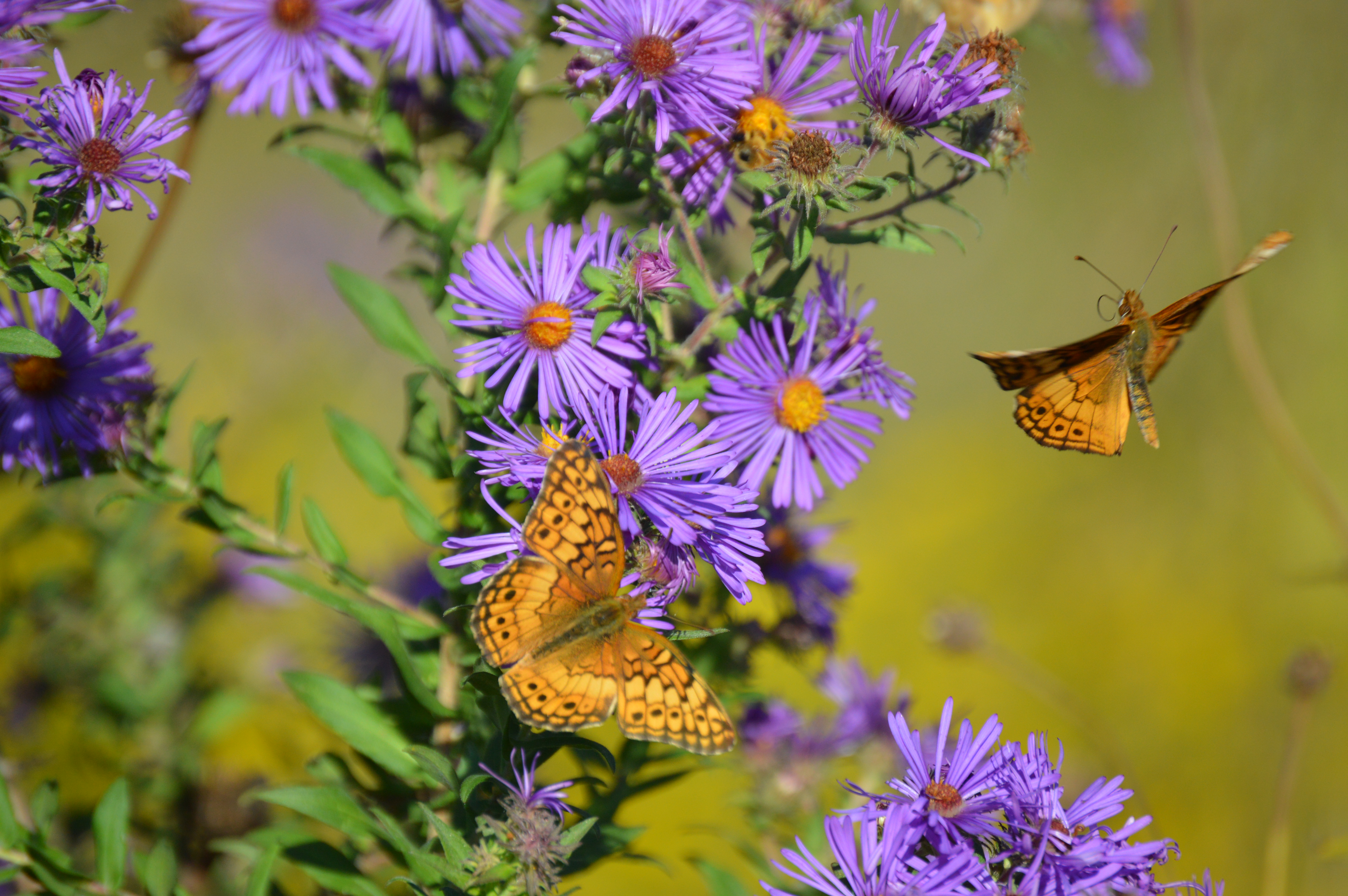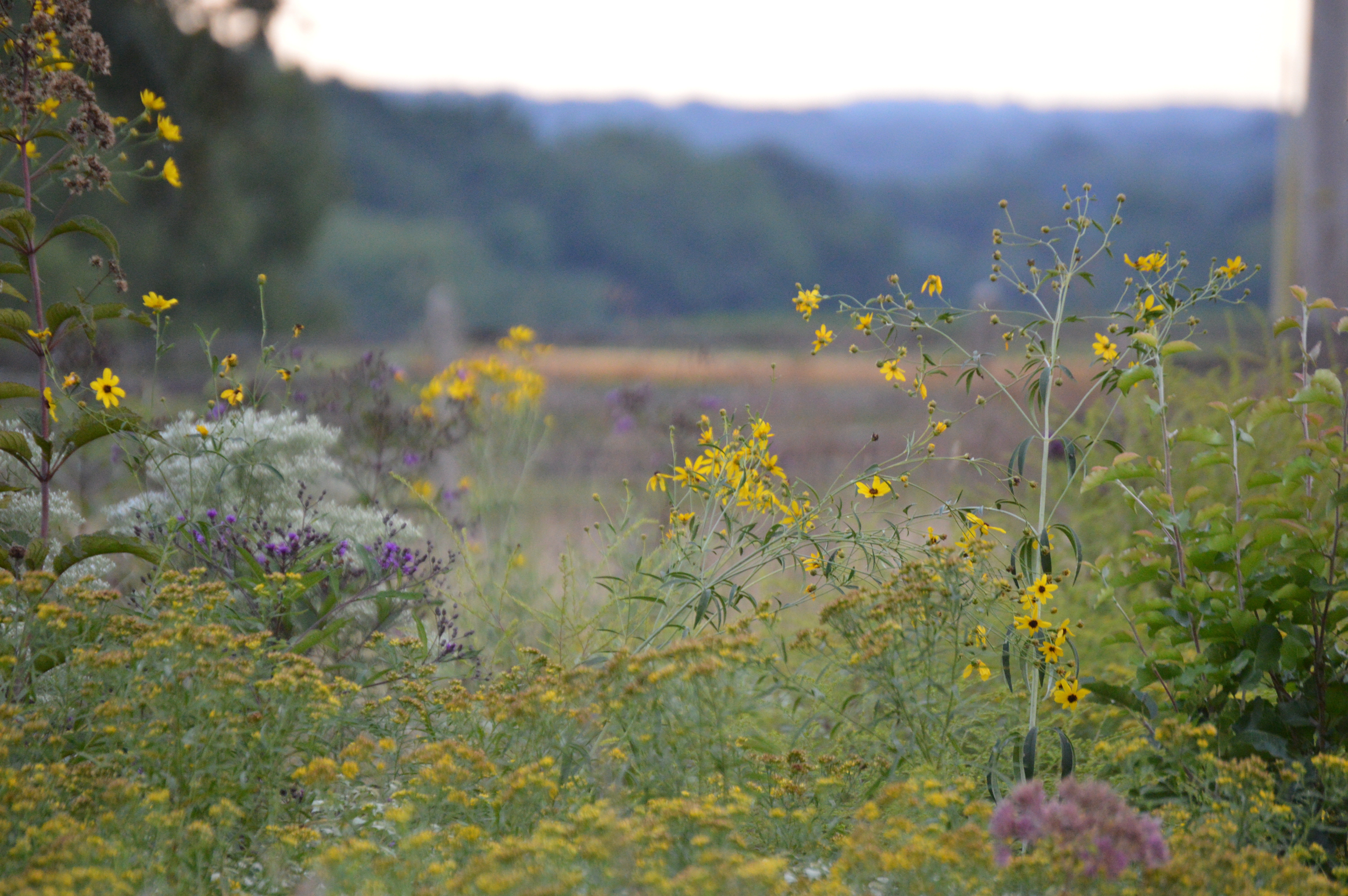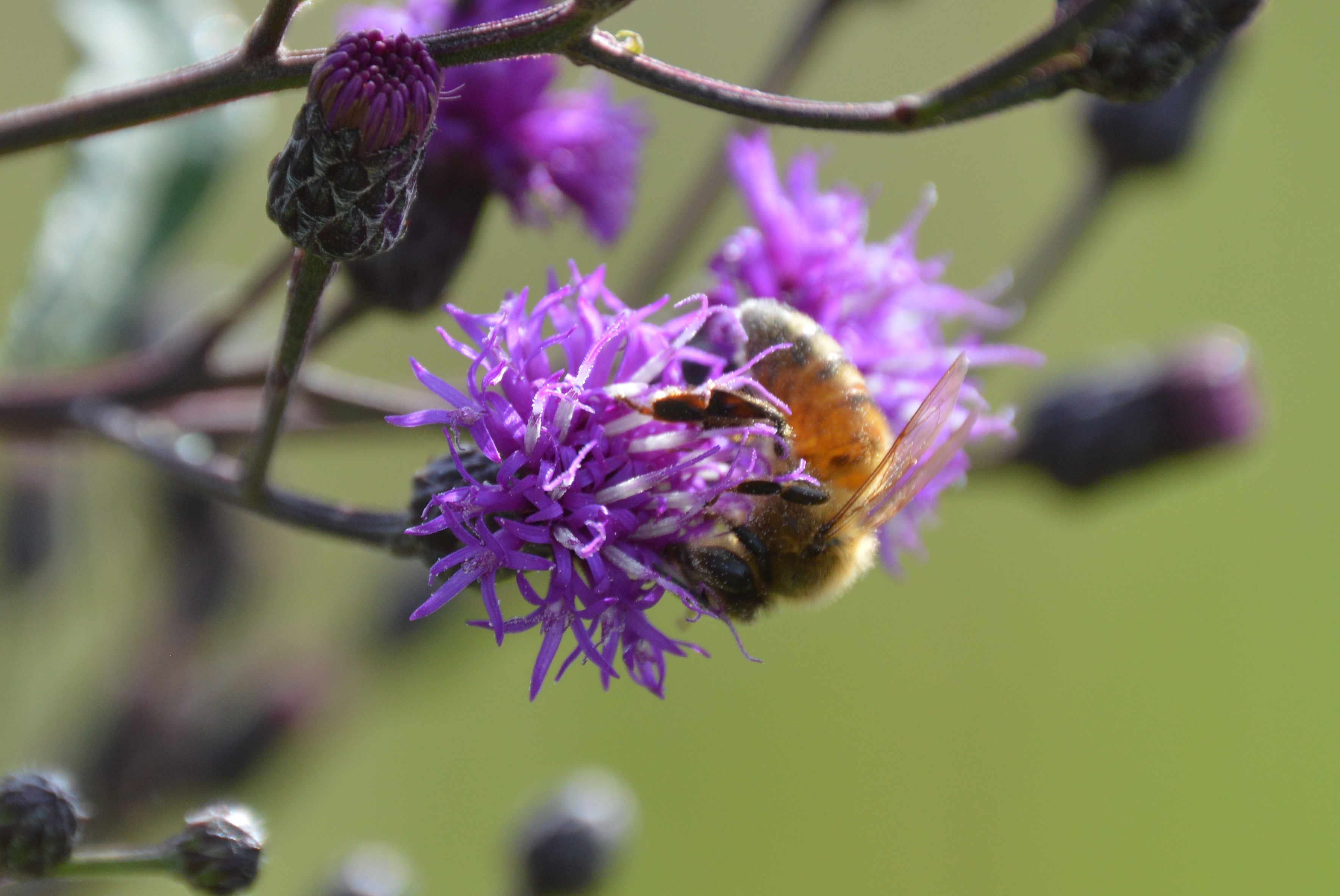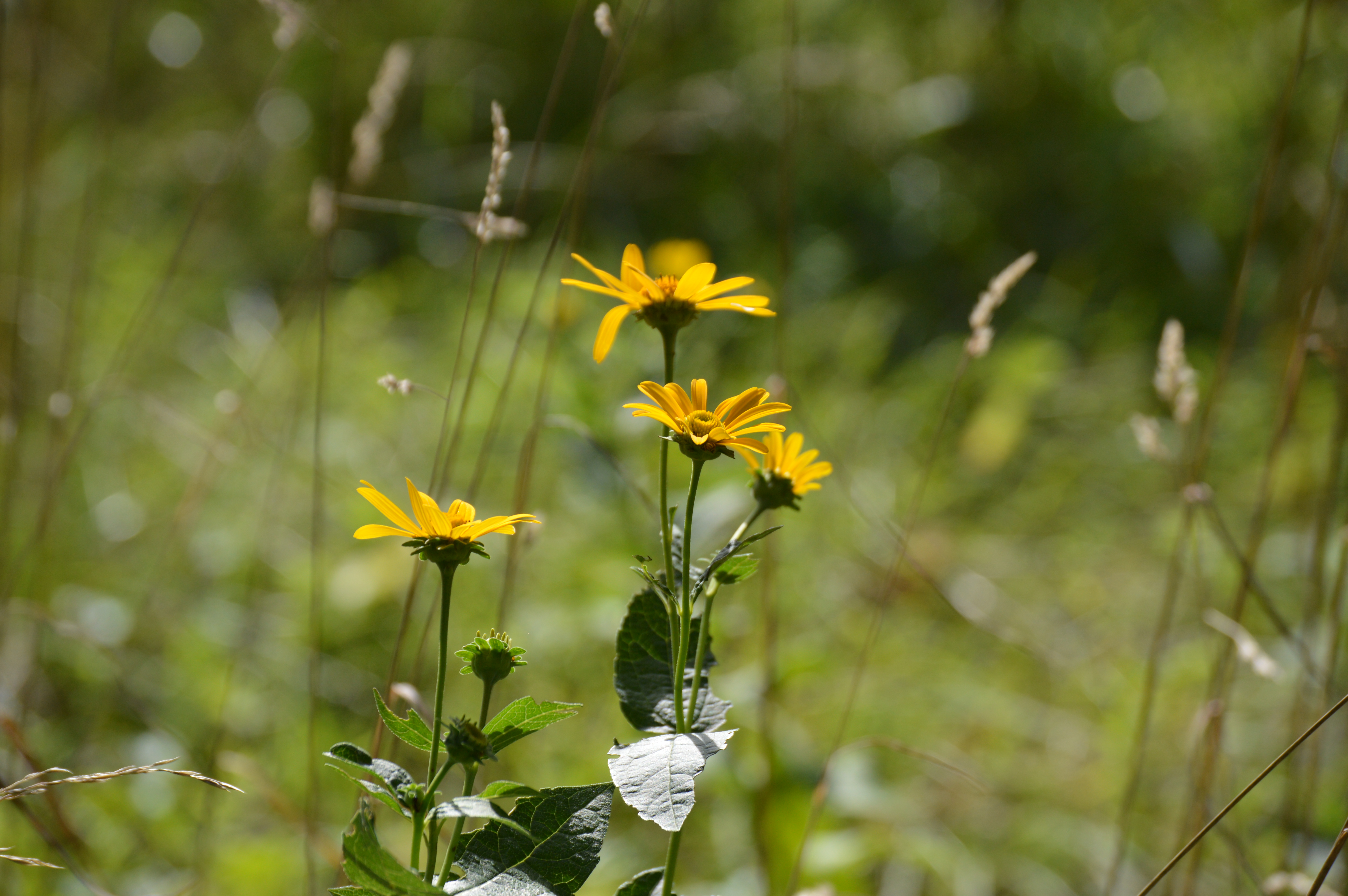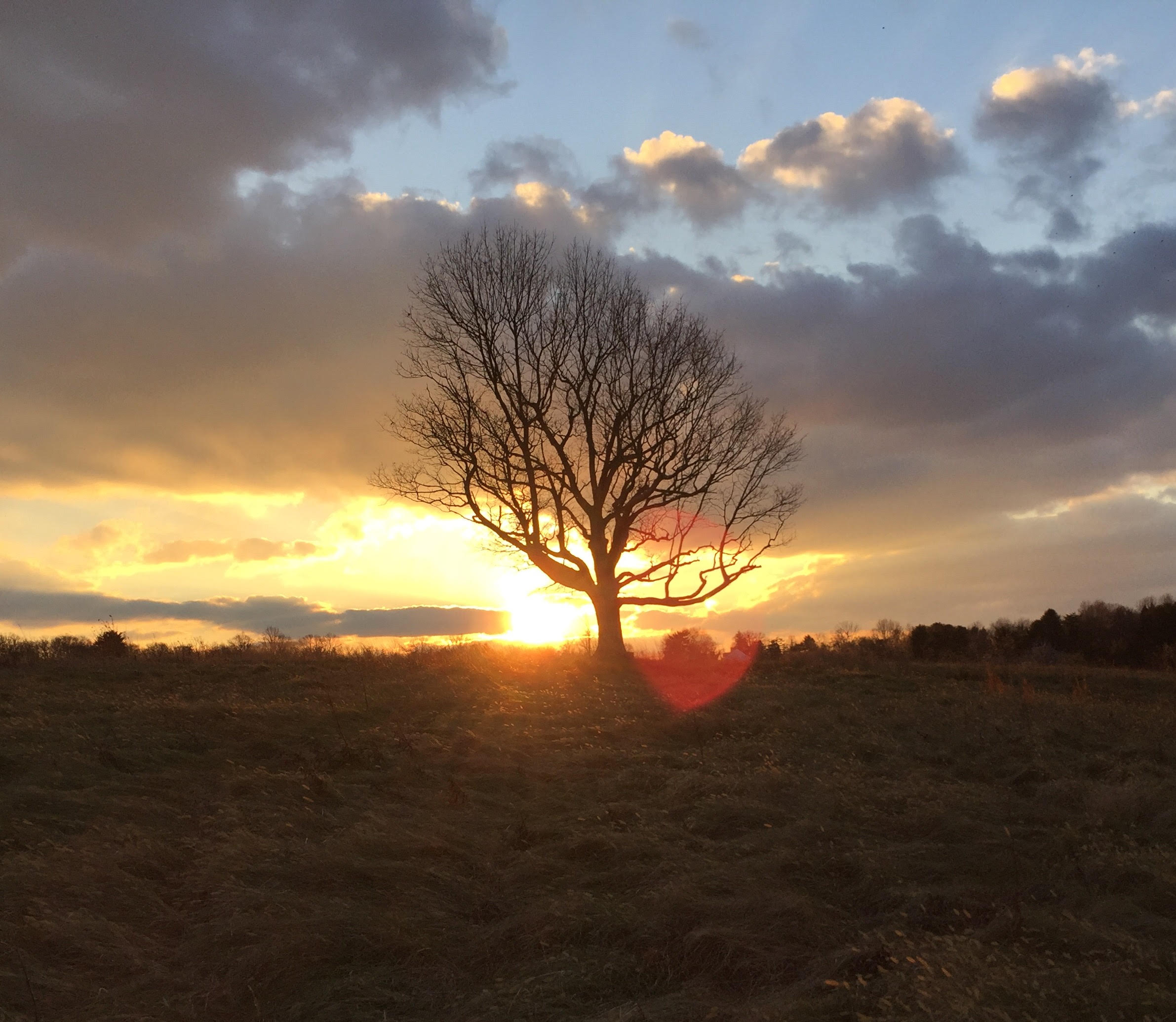The final blog post in our series of 3 is designed to help you plant native trees and shrubs in a riparian buffer (the land that borders streams and other waterways). While we have been focusing on planting in a riparian buffer, most of the tips provided will apply to planting trees or shrubs in other locations on your property.
Once your trees and shrubs are planted, it is important to protect them from deer damage! Placing tree guards or constructing your own fencing (photos below) around individual trees or shrubs is the best way to protect them from deer until they become large enough to survive without protection (typically 8-10 years).
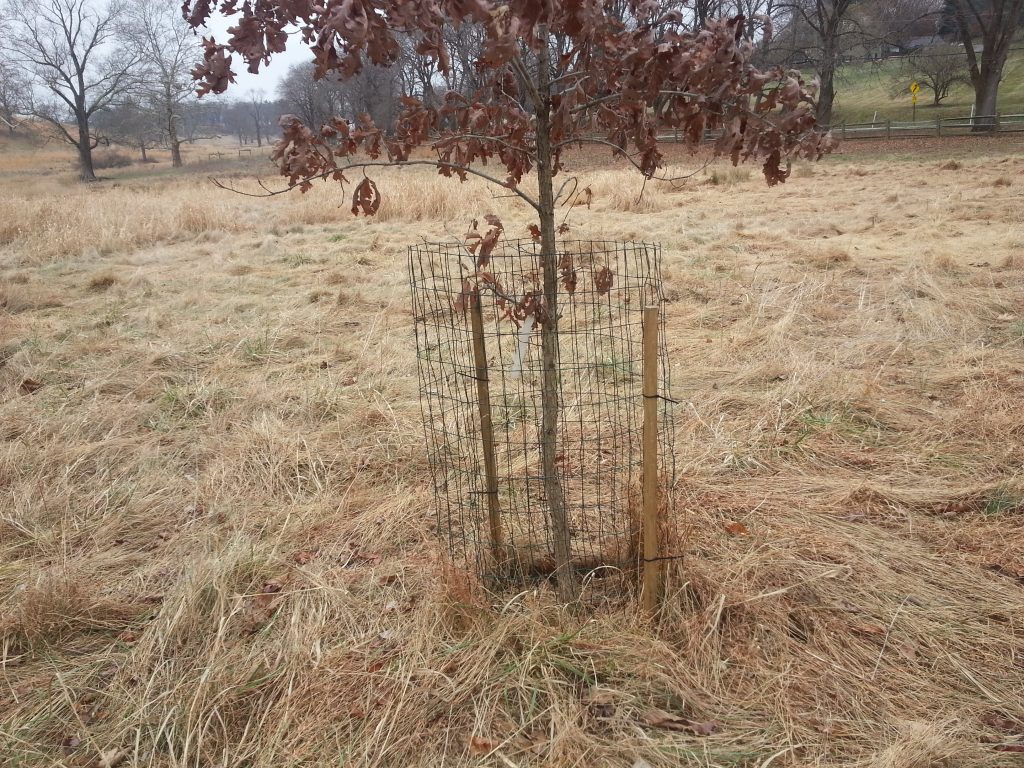
Create your own fencing to protect your newly planted tree or shrub. Or… 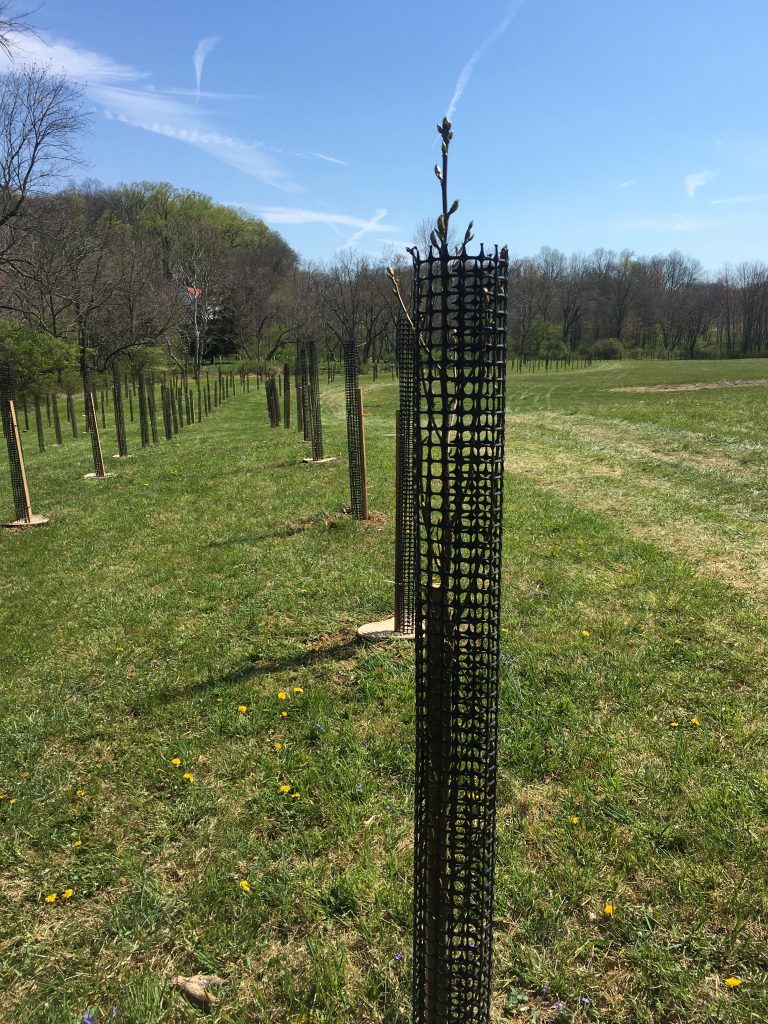
…use commercially-available tree guards. These can be time-savers for large planting projects.
Once installed, periodically check the plants and manually remove any aggressive vines climbing on the tree guards or fencing. Avoid the use of chemicals to fight the vines in riparian zones; they can harm the plants, insects and our waterways.
See our post about the importance of riparian buffers and our first post about preparing to plant and our second post about planting.
Learn how to give your trees and shrubs a strong start by attending one or more of our upcoming tree planting events on May 29, 30 & 31. More information and volunteer sign up for these upcoming plantings available soon!
